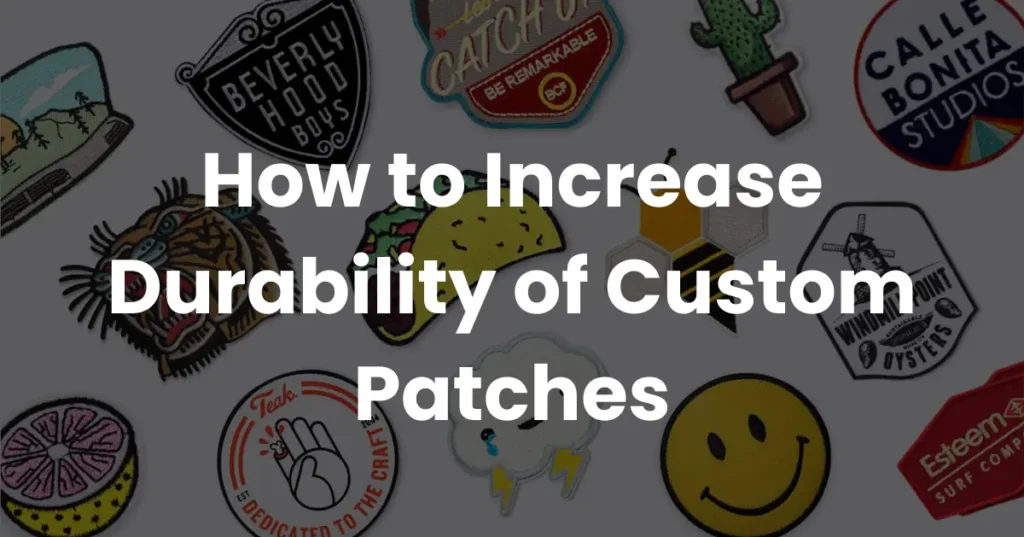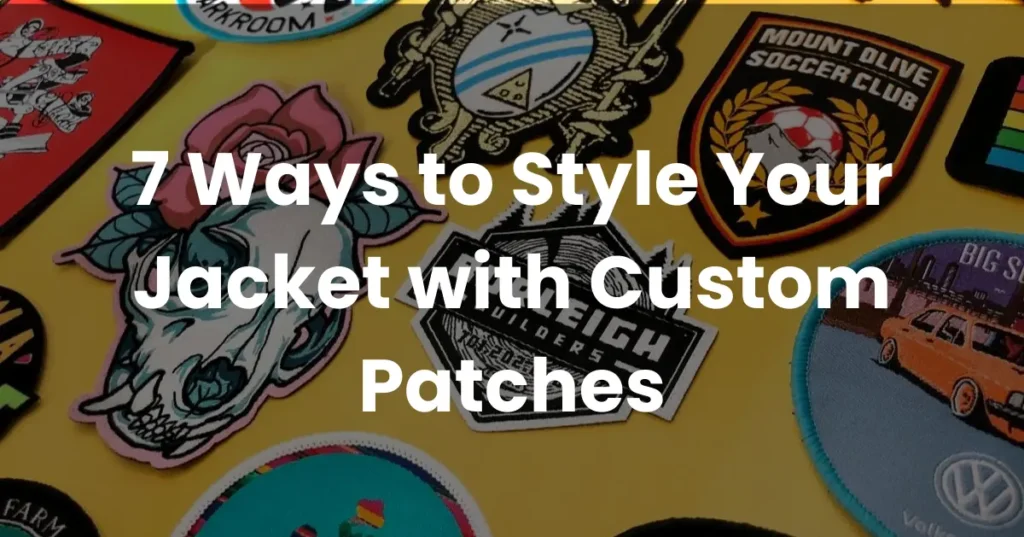Personalized patches are a great way to individualize garments, hats, and accessories. Your possessions gain style, character, and a dash of originality, thanks to them. However, you must pick the suitable backing kind and use it properly to guarantee that they stay firmly attached. In this blog, we’ll look at five typical backing types for bespoke patches and show you how to use them efficiently.
Custom patches have become incredibly popular as a form of branding and artistic expression. However, with improper support, they might easily budge or come off. To guarantee that your patches stay in place, selecting the proper backing type is essential. Your patches are stabilized and attached by the backing. It serves as the support structure holding the patch in place. How the patch is applied and whether it is permanent or removable may depend on the backing material selected.
Various Backing Types and Their Application
We have many types of high-quality patch backing available at SE Custom Patches, giving you a wide range of adaptable alternatives. One of these backing alternatives might be more suitable for you than another, depending on how you want to utilize your patch.
Let’s explore the 5 best backing types for custom patches and how to stick them on your garment.
1. Velcro Backing
Velcro backing is also called hook and loop backing. It is a convenient option because it is easier to adhere to clothes. There are two components to velcro backing: hook and loop. While the other is fastened to the fabric, one piece is sewn onto the patch. This makes it simple to take off and replace the patch. Velcro patches are water-resistant, flexible, and do not have much weight. Velcro patches do not require much effort and they are transferable.
How to Apply:
- One Velcro side should be sewn or taped to the patch.
- Attach the fabric with the complementary Velcro component.
2. Iron-on Backing
Iron-on patches are the most popular types of patches because it is the easiest way to customize your clothing in an era of contemporary fashion. To customize your clothes, custom-made iron-on patches are also used. Heat and pressure are used to affix decorative appliques, often referred to as iron-on patches or heat-transfer patches, to the fabric. They are typically made of synthetic or fabric materials, and a heat-activated adhesive is applied to the back. The adhesive turns tacky when heated, causing the patch to cling firmly to the fabric.
How to Apply:
- Warm up the iron.
- Apply the patch to the material.
- Put a thin cloth over the patch.
- For the specified amount of time, press the iron onto the patch.
3. Stick-on Backing
The Stick-on backing type is ideal for both people and corporations. Stick-on backing is simple to use, whether you want to add your brand to the uniforms of your staff or make matching patches for your upcoming family reunion. In situations when single-use patches are preferable, peel-and-stick patches are frequently employed. They can be used to quickly produce branded clothing or freebies. When you distribute them to convention goers when they stop by your booth, your company is immediately promoted. Stick-on patches are also ideal for scout troops and kids’ birthday parties.
How to Apply:
- Remove the covering of the back layer.
- Firmly press the patch into the fabric.
4. Sew-On Backing
To sew a patch onto clothing, use sew-on backing. A benefit of sewing a patch onto apparel is that it stays in the same location after washing and wearing. You can simply unstitch the patch from the old item and sew it onto the new one if you wish to sew it onto another item. While sewing the patch onto the garment make sure to be aware of stitching.
How to Apply:
- Set the patch in place on the material.
- Matching thread is used to thread a needle.
- To attach the patch to the cloth, stitch around its edges.
5. Safety Pin Backing
To make your belongings customized. Custom patches are the best option. But if you want to make it temporary, then the safety pin backing type is a good choice. For fastening patches to various materials, safety pin backing offers a flexible alternative. The patch has a safety pin on the back that you may use to attach it to your clothing, bags, or accessories. When moving your patches around regularly or for short-term use, this backing type is ideal.
How to Apply:
- Find out the position
- Release the clasp to slowly remove the safety pin. Hold the safety pin’s curved end in one hand and its pointed end in the other.
- From the back, push the safety pin’s pointed end into the patch’s fabric.
- Carefully close the clasp once the safety pin has passed through the patch and the cloth to firmly fasten it in place.
Conclusion
There has been a variety of backing types and this may confuse you in which type of backing is more appropriate for you. Well, the answer relies on your desire to where and how you want to add the patch to your clothes. Sometimes, people use iron on custom patches for semi-permanent use of patches. But, If you want to add the patch permanently, then the sew-on backing type is best for you but, if you want to change the location of patches after some time or you don’t want it to be permanent then, safety-pin or many other backing types of patches will be a wise choice. There is no hard and fast rule for choosing a backing type. Just go with the option which seems best for you.
To create your custom patches, SE custom patches are the best option to opt for. They provide you the opportunity to design a patch according to your style and liking. The best thing about them is that they are detail-oriented. Make smart choices with our patch makers and elevate your style game.



